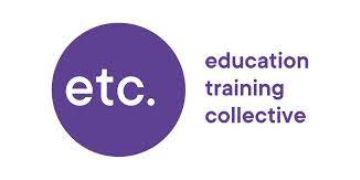Schools that diversified their curriculum and celebrated cultural diversity closed attainment gaps between pupils from different ethnic groups, a government study found.
The “small scale, exploratory” research report, probing multi-academy trust’s most successful strategies to bridging gaps, was commissioned in response to the Sewell report on race and ethnic disparities.
Researchers at Isos Partnership interviewed leaders at nine MATs and one local authority school. These included United Learning, The Harris Federation and Academies Enterprise Trust.
They found leaders stated “consistently” that while they used data showing the breakdown of ethnic groups, “they did not use ethnicity as a factor to identify pupils who needed intervention to close attainment gaps”.
Some leaders said it would be “invidious and tantamount to stereotyping” to do so.
Instead interventions were based on the educational needs of individual pupils, such as literacy and reading.
Diversifying curriculum
But the trusts fostered “a sense of belonging among its pupils”, with practices that did have a “deliberate focus” on ethnicity as well as other characteristics such as religion, nationality and broader experiences linked to socio-economic status.
All of the trusts had reviewed their curriculum in the last three years to “ensure it was more representative and inclusive”.
One trust chief executive argued “that there was no trade-off between having a
knowledge-rich, rigorous and stretching curriculum and ensuring that it gave
opportunities for everyone to see themselves and to see others reflected in the
curriculum”.
The trusts sought to build leadership and staff teams that “reflected the diversity” of their school communities.
Trusts used proactive approaches to building strong relationships with parents and the wider community, strengthened the pupil voice and made celebrating cultural identities “a core part of the life of the school”.
They had an “ethos of high expectations” coupled with “swift identification of need and intervention to address barriers to learning”. Strong systems for analysing pupil-level data were also used.
Researchers said the findings are not “intended to be generalisable across the education system in England, but rather to inform the direction of any future research”.
But they said practical lessons on narrowing gaps are “not specific to different ethnic groups” but relate to the “basics” of effective school improvement, such as high quality teaching and strong leadership.
‘Context is prime’
They added it is necessary to adapt “broad approaches” to reflect the local context and community.
“While there are approaches to school improvement and closing gaps that can be systematised and applied in different contexts, sensitivity and adaptation to each context is prime among the practical lessons gleaned from this research.”
Researchers said further studies could interview a broader range of people, such as parents and staff, to “provide a more rounded pictures of practices”.
The government’s response to the Sewell report also pledged a model history curriculum by 2024 and a recommendation that schools collect and publish data on the diversity of its governing board.















Your thoughts